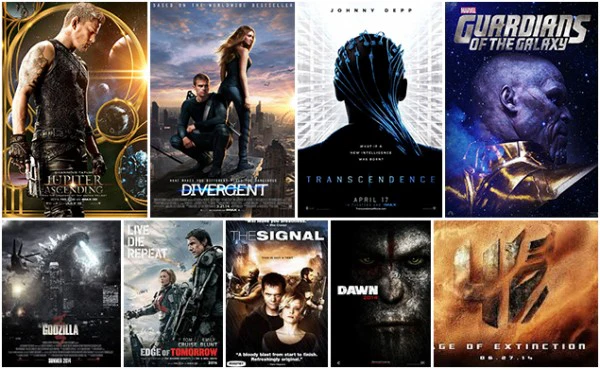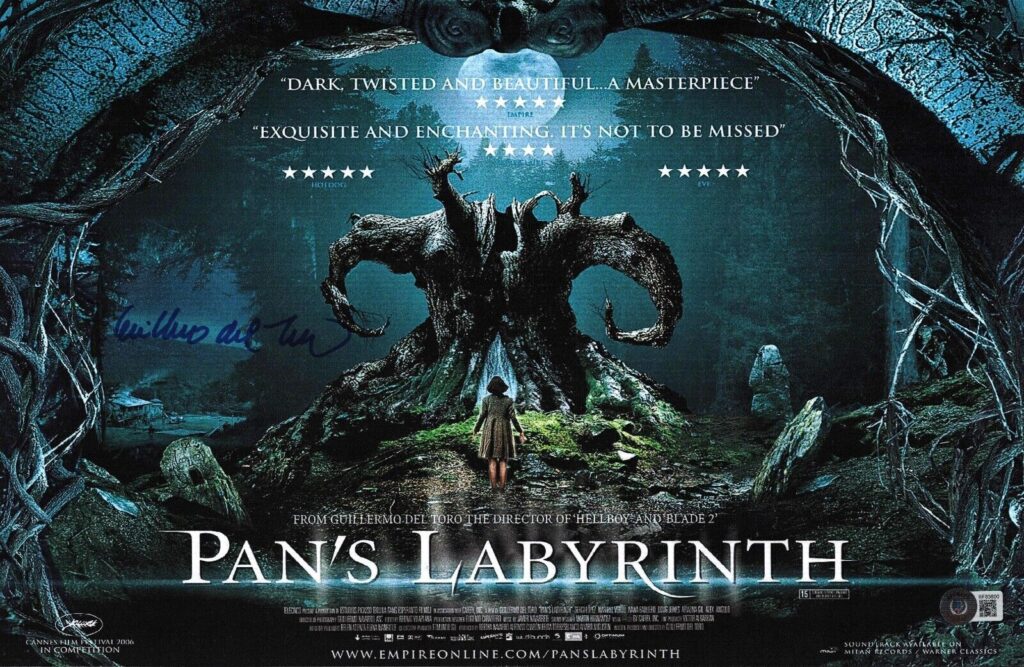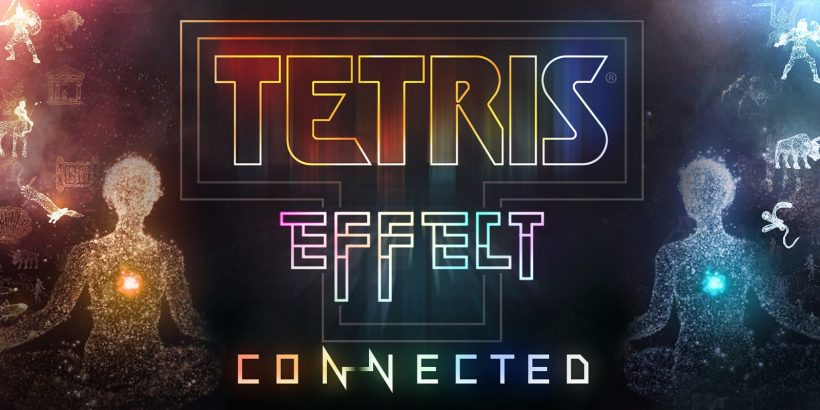How do spaceships soar through asteroid fields? How do dragons breathe fire? How does an actor age centuries before our eyes? The answer lies in the incredible artistry and ingenuity of Visual Effects (VFX) and Special Effects (SFX). These are the tools that defy reality, creating the impossible, the dangerous, and the utterly breathtaking right before our eyes.
While often used interchangeably, SFX and VFX represent two distinct but equally vital branches of movie magic. Special Effects are typically practical, in-camera effects created on set. Visual Effects are generally digital additions crafted in post-production. Yet, their shared goal is singular: to immerse us entirely in a film’s world, making the fantastical feel utterly real.
This deep dive is for anyone who’s ever wondered “How did they do that?” We’ll unveil the ingenious techniques that bring impossible creatures to life, stage epic battles, and transport us across galaxies. We’ll celebrate the pioneers and modern masters who push the boundaries of cinematic illusion, highlighting films where the magic on screen is as much a character as the actors themselves. Get ready to have your imagination stretched!
The Illusionists’ Toolkit: SFX vs. VFX
Understanding the difference between these two forms of “effects” is key to appreciating their artistry:
- Special Effects (SFX): The Practical Magic
- These are the effects created on set, in real-time, during principal photography.
- They involve physical techniques like pyrotechnics (explosions, fire), animatronics (robot puppets for creatures), prosthetics (makeup to transform actors), miniatures (small-scale models of buildings or vehicles), squibs (small explosive charges for blood effects), and controlled weather effects (rain, wind, fog).
- Impact: SFX often feel more “tangible” and can produce incredibly realistic results because they interact with real light and physics. They immerse actors directly in the illusion.
- Visual Effects (VFX): The Digital Alchemy
- These are effects primarily created in post-production using computer software.
- They involve digital techniques like Computer Generated Imagery (CGI) for characters, environments, or objects; compositing (seamlessly combining multiple images, often involving green screens); matte paintings (digital extensions of sets or landscapes); motion capture (recording human movement for digital characters); and digital doubles (CGI replicas of actors).
- Impact: VFX offer limitless possibilities, allowing for the creation of characters, worlds, and actions that would be impossible or too dangerous to achieve practically.
- The Synergy: The most compelling films often blend the two seamlessly. A practical explosion (SFX) might be digitally enhanced (VFX) with more debris or a wider shockwave. A live-action actor (SFX) might interact with a fully CGI creature (VFX) brought to life with motion capture.
Beyond the Screen: Key Techniques Explained
Filmmakers employ a vast array of techniques to craft convincing illusions:
- Pyrotechnics & Explosions: Carefully choreographed blasts, fire, and smoke effects created by trained professionals on set.
- Animatronics & Prosthetics: Building lifelike robotic creatures (e.g., the Jurassic Park dinosaurs) or applying intricate makeup to transform actors into monsters or aliens.
- Miniatures & Forced Perspective: Using small-scale models of sets or objects that, when filmed with clever camera angles, appear massive (e.g., the cityscapes in Blade Runner). Forced perspective plays with optical illusion to make objects appear closer or farther away.
- Green Screen / Blue Screen (Compositing): Filming actors or objects against a solid color background, which is then digitally removed and replaced with a different background (a digital environment, another shot).
- Computer Generated Imagery (CGI): Creating characters, creatures, vehicles, or entire environments entirely within a computer, allowing for incredible detail and flexibility (e.g., Gollum in Lord of the Rings, the dragons in Game of Thrones).
- Motion Capture / Performance Capture: Recording the movements and facial expressions of actors and then applying that data to a digital character, creating incredibly realistic and nuanced digital performances (e.g., Caesar in Planet of the Apes).
- Digital Matte Painting: Creating hyper-realistic digital paintings that extend practical sets or build entire fantastical landscapes where real sets end.

The Innovators: A Journey Through Effects History
The history of special and visual effects is a testament to human ingenuity and technological advancement:
- The Early Magic (Late 1800s – Early 1900s): Georges Méliès, often called the “Father of Special Effects,” pioneered techniques like stop-motion, multiple exposures, and dissolves to create fantastical illusions in films like A Trip to the Moon.
- Practical Monsters & Models (Mid-20th Century): The golden age of Hollywood saw the mastery of stop-motion animation (Willis O’Brien on King Kong), elaborate miniatures, and optical printing techniques to create seamless composites. Ray Harryhausen became a legend for his stop-motion creatures (Jason and the Argonauts).
- The Sci-Fi Revolution (1960s-1970s): 2001: A Space Odyssey redefined visual effects with groundbreaking miniatures, front projection, and sophisticated optical compositing. The creation of Industrial Light & Magic (ILM) for Star Wars revolutionized the industry with new camera control systems and miniature photography, making space battles believable.
- The Digital Leap (1990s): While Terminator 2: Judgment Day showcased early fluid CGI, Jurassic Park (1993) was the true game-changer. Its astonishingly realistic CGI dinosaurs proved that digital effects could convincingly create organic, living creatures, fundamentally shifting the industry towards the digital age.
- Motion Capture & Photorealism (2000s – Present): The Lord of the Rings trilogy brought Gollum to life through motion capture, paving the way for incredibly expressive digital characters. James Cameron’s Avatar pushed photorealistic CGI and performance capture to new heights, especially for alien worlds and creatures, and its sequel, Avatar: The Way of Water, further cemented water simulation and underwater performance capture.
Unforgettable Spectacle: Films Defined by Their Effects
These films are celebrated as much for their visual ingenuity as for their storytelling:
- Jurassic Park (1993): The undeniable turning point for CGI. Its photorealistic dinosaurs still hold up, demonstrating the power of digital creatures interacting with live-action environments.
- The Lord of the Rings Trilogy (2001-2003): A monumental achievement in both practical and visual effects, seamlessly blending miniatures, massive CGI armies, and groundbreaking motion capture for characters like Gollum.
- Terminator 2: Judgment Day (1991): Pioneered liquid metal CGI and advanced practical effects, creating the iconic T-1000 and pushing the boundaries of what was thought possible.
- Avatar (2009): James Cameron’s epic pushed performance capture and digital world-building to new levels, creating the immersive alien world of Pandora and its Na’vi inhabitants.
- Mad Max: Fury Road (2015): A masterclass in blending jaw-dropping practical stunts and effects with seamless CGI enhancements, resulting in a visceral, non-stop action experience.
- Dune (2021): Its visual effects create a truly alien and awe-inspiring desert planet, from the colossal sandworms to the intricate ornithopters, seamlessly integrating digital and practical elements.
- Inception (2010): While not creature-focused, its reality-bending practical effects (like the rotating hallway) mixed with mind-bending CGI (the folding city) created unforgettable, tangible illusions.
Hidden Marvels: Underrated Films with Brilliant Effects
Don’t miss these films that achieved impressive feats of movie magic, often with smaller budgets or less fanfare:
- The Thing (1982): A practical effects masterpiece by Rob Bottin. Its grotesque, shape-shifting alien creatures are still terrifying and revolting, proving practical effects can be unmatched for visceral impact.
- District 9 (2009): Achieved incredibly convincing alien creatures and futuristic tech on a relatively modest budget, proving ingenuity can rival massive spending.
- Primer (2004): A low-budget indie sci-fi film that relies almost entirely on clever storytelling and meticulous detail rather than spectacle, but its subtle “effects” (often just editing) are crucial to its time-travel puzzle.
- Godzilla (2014): Gareth Edwards’ film is lauded for its grounded, weighty, and truly terrifying portrayal of the titular monster, emphasizing scale and atmosphere over constant action, often with groundbreaking digital work.
- Pan’s Labyrinth (2006): A beautiful blend of practical creature suits (like the Faun and the Pale Man) and subtle CGI, creating a dark, magical, and entirely convincing fantasy world.

Why We Love the Illusion: The Enduring Allure of Effects
Visual and special effects are crucial because they:
- Expand Narrative Possibilities: They allow filmmakers to tell stories that would otherwise be impossible, from ancient myths to distant futures.
- Enhance Immersion & Suspension of Disbelief: When done well, they make us believe in the unbelievable, pulling us deeper into the film’s reality.
- Create Spectacle: They deliver breathtaking visuals and heart-pounding action that are the hallmarks of blockbuster cinema.
- Push Innovation: The constant demand for more realistic and complex effects drives technological advancements in filmmaking.
- Inspire Awe: There’s a childlike wonder in seeing something truly impossible brought to life on screen, leaving a lasting impression.
Conclusion: Witness the Impossible!
From the clever tricks of early cinema to today’s boundless digital worlds, Visual Effects and Special Effects are the unseen artists who bring the impossible to vivid, thrilling life. They are the true magicians of the movies, continuously innovating to astound and immerse us in narratives that transcend the ordinary.
What cinematic effect has truly blown your mind, or left you wondering how it was done? Do you prefer the tangibility of practical effects or the boundless scope of CGI?
Now that you’ve peered “behind the lens” at the incredible art of visual and special effects, we’d love to hear your insights! Head over to our to share your personal reviews of films that amazed you with their movie magic, discuss your favorite special effects sequences, or celebrate the teams who bring the impossible to life!




